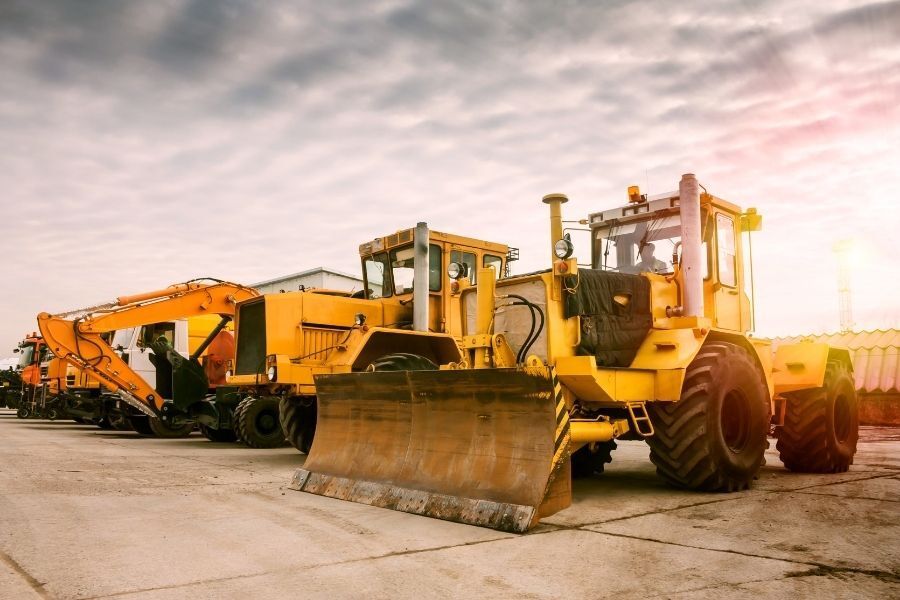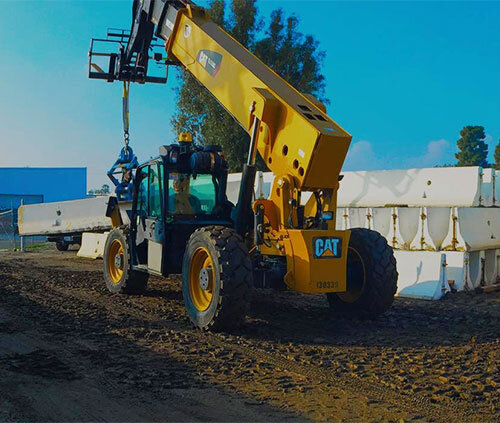Equipment Rental Company: Your Resource for All Kinds Of Machinery
Equipment Rental Company: Your Resource for All Kinds Of Machinery
Blog Article
Maximize Your Spending Plan by Comprehending the Costs Related To Building And Construction Equipment Leasings
Recognizing the complete scope of costs linked with construction tools leasings is essential for maximizing your budget. What approaches can be utilized to efficiently take care of these expenses and make sure a much more efficient rental experience?
Overview of Rental Prices
When taking into consideration building and construction equipment services, comprehending the linked prices is extremely important for efficient budgeting and job planning. Rental expenses can vary significantly based on a number of elements, including devices type, duration of rental, and area. The first rental fee usually shows the tools's market need and its associated operational abilities, influencing the total cost.
In enhancement to the base rental rate, secondary prices may arise, such as transportation charges, gas surcharges, and maintenance charges. It is vital to make up these extra costs to accurately examine the complete price of renting equipment. Furthermore, the rental period can impact rates; longer rentals may qualify for reduced prices, while temporary services might sustain higher daily fees.

Failure of Rental Prices
An extensive understanding of rental rates is important for professionals and job managers intending to maximize their spending plans. Rental rates for building equipment typically include numerous elements, including base rates, time-based costs, and use fees.
Base prices are the core costs linked with the service of the devices, typically identified by the type and size of the machinery. These prices can vary significantly, affected by aspects such as equipment need, accessibility, and regional market fads. Time-based charges, which might be daily, weekly, or monthly, serve to accommodate various project timelines and rental periods.
Furthermore, rental prices may consist of usage fees, which apply when devices is made use of beyond a defined threshold, ensuring that the rental business can account for damage. Seasonal demand variations can also influence rental rates, with peak building and construction seasons commonly commanding greater prices.
In addition, understanding the rental firm's policies relating to upkeep and insurance coverage can provide additional understanding into the general price structure. By assessing these components, specialists can make enlightened decisions, making sure the selection of rental devices straightens with both task demands and spending plan constraints.
Added Costs to Consider
Understanding the complexities of extra costs is critical for contractors to manage their overall leasing expenditures properly. Past the standard rental rates, various additional fees can considerably affect the overall cost of equipment rental. These fees often include distribution and pick-up costs, which can differ based on distance and logistics associated with transferring the equipment to and from the work website.
Additionally, some rental companies might enforce fuel surcharges if the equipment is returned with much less gas than when leased. It is also necessary to recognize potential cleansing charges, especially for specialized tools that needs extensive maintenance after usage.

Completely reviewing the rental arrangement and clearing up these additional charges upfront can aid specialists make sure and avoid unanticipated costs that spending plans remain undamaged throughout the project lifecycle.
Upkeep and Repair Work Expenditures
Regular upkeep and repair work expenditures are frequently forgotten elements that can dramatically influence the general expense of building tools leasings. When renting out equipment, it is critical to think about not just the rental costs however additionally the potential expenses related to keeping the machinery in ideal operating problem.
Numerous rental firms include basic upkeep as component of the rental agreement; however, a lot more extensive repair work or unforeseen failures can cause added expenses. It's important to examine the rental agreement meticulously to recognize what maintenance services are covered and what responsibilities fall on the renter.
Additionally, devices that is not well-kept can cause inadequacies on the work website, possibly creating hold-ups and raising task prices. To minimize these threats, it is a good idea to perform routine assessments and preserve Going Here open communication with the rental supplier relating to any type of problems that occur during usage.
Insurance Policy and Responsibility Expenses
Insurance coverage and liability costs are critical parts Extra resources that can dramatically affect the general expense of construction tools leasings (mini excavator rental). These expenses ensure that both the rental firm and the customer are safeguarded from potential economic losses occurring from accidents, damages, or theft throughout the rental period

Furthermore, customers should understand any deductibles or exemptions in the insurance plan, as these can influence potential out-of-pocket expenditures. Understanding the conditions of any insurance protection is vital to prevent unanticipated expenses. Inevitably, budgeting for insurance and obligation expenditures can help make sure a smoother rental experience and protect against monetary threats associated with building tasks.
Conclusion
In final thought, an extensive understanding of the prices linked with building equipment rentals is important for reliable spending plan management. Ultimately, notified decision-making relating to tools services adds to the total success of building endeavors.
Rental prices can differ substantially based on a number of aspects, including equipment kind, duration of rental, and area (scissor lift rental). The rental period can influence prices; longer rentals might qualify for affordable rates, while temporary leasings might sustain higher everyday charges
By performing extensive research and involving with respectable rental companies, service providers can efficiently browse the complexities of rental rates, eventually optimizing their financial sources.
Beyond the typical rental rates, various supplementary fees can significantly affect the complete expense of tools rental. Rental business usually supply liability insurance coverage that covers injuries to 3rd parties or damages to residential or commercial property, while tools damages insurance can cover the expense of fixings or replacement if the rented out tools is damaged.
Report this page